The sparkling history of the match and why its inventor never got the credit he deserved
We’ve been using matches for 200 years–but, as Rob Crossan discovers, the story of how they came to be is far more colourful (and hair-raising) than we might imagine.
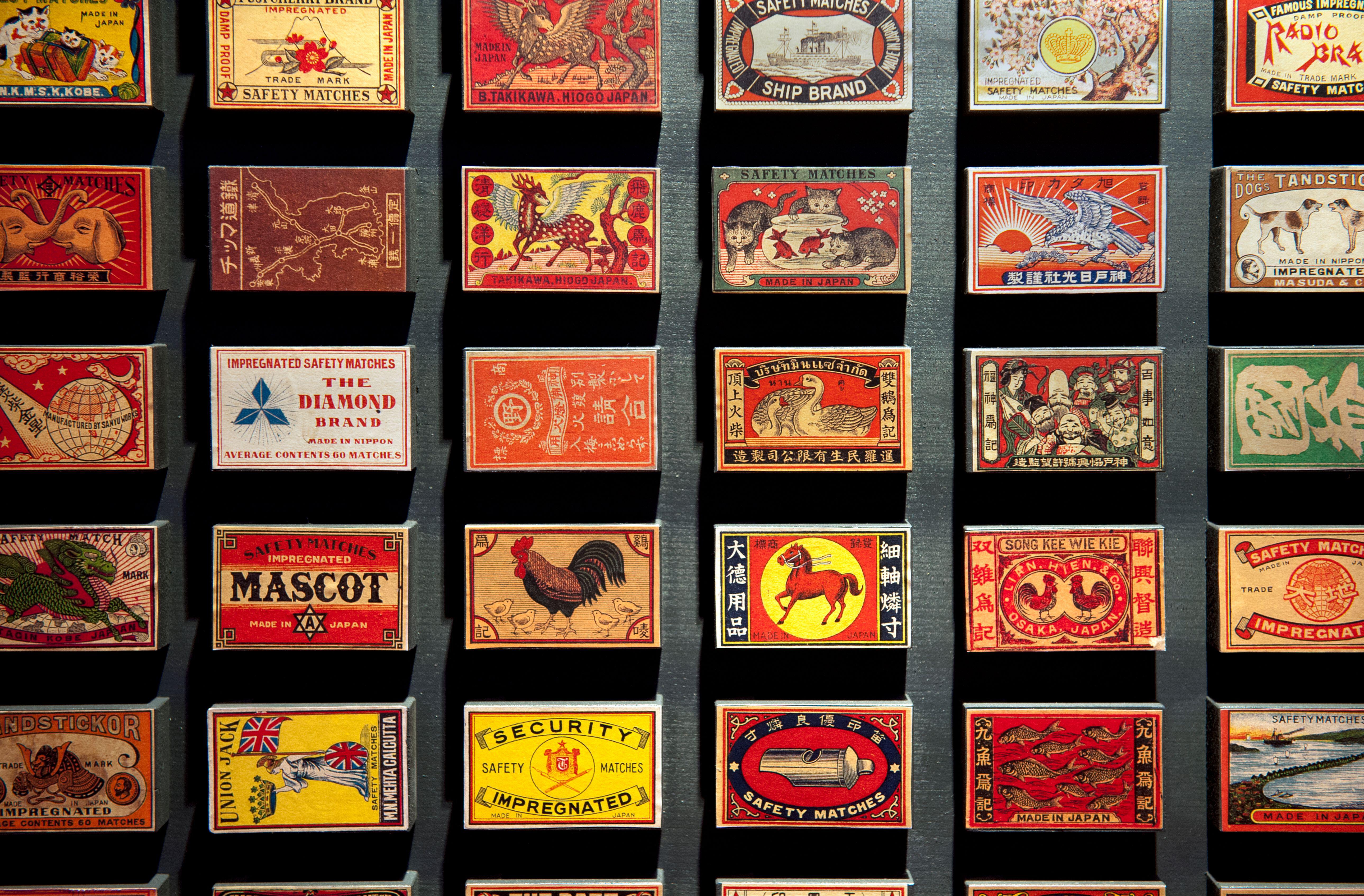

Just like Isaac Newton and his apple, the first spark of the household match can be considered one of those wonderfully British accidental occurrences. When he was stirring a pot of chemicals in his high street shop in Stockton-on-Tees in 1826, chemist John Walker noticed that a lump of the noxious mixture had dried on the end of his wooden stick. Attempting to scrape it off the hearthstone, it produced an unexpected eruption of light and heat. This was, to Walker’s great surprise and confusion, the first controlled flame ever created by friction. His startled horse, tethered outside, is also said to have bolted, making it arguably the first equine witness to spontaneous human fire since Prometheus had his ancient tangle with Olympus.
Walker immediately grasped what he had stumbled upon. He christened his creation Friction Lights and began selling them from his chemist’s shop in boxes of 50, complete with a small strip of sandpaper for striking. A handwritten label sagely warned: ‘Do not ignite in your pocket.’ His inventions sold at one shilling a box and were an instant hit among the curious and convenience-hungry citizens of Stockton. Here, at last, was a portable flame that didn’t require flint, steel or patience. On the downside, they also filled rooms with choking white smoke and the sulphurous smell of bad eggs. Yet, compared to the laborious spark of the tinderbox, they were positively modern.
Walker’s morals, however, weighed heavier than his ambition. He refused to patent his discovery, not through naivety, but a sense of gentlemanly propriety. To profit from something so universally useful, he thought, would be vulgar. ‘It would be ungentlemanly to make money from a public convenience,’ he reportedly told a friend. Samuel Jones of London did not share these scruples. He simply copied the design, marketed his wares as Lucifers and made a fortune — and Walker remained in Co Durham, supplying his loyal customers until he died in 1859 with his legacy largely unsung and his pockets unfilled.
'Even today, a box of matches carries an air of the tactile and ceremonial; attempting to light the candles on a birthday cake with a cigarette lighter instead of a match simply doesn’t feel or look right'
By the 1830s, matches had become as indispensable to domestic life as the kettle; explorers carried them into the desert and Darwin kept boxes aboard the Beagle. An enterprising Parisian called Charles Sauria refined the formula with white phosphorus, creating a match that lit more easily, but also far more dangerously. Entire parlours went up in flames and match factories were perilous places to work — or live in close proximity to. In Victorian east London, the Bryant & May factory employed thousands of girls and young women known as ‘matchgirls’ to dip splints into vats of phosphorus. The fumes caused a gruesome disease known as ‘phossy jaw’ in which the jawbone rotted away.
Despite these early dalliances with injury and immolation, the early advertising of matches produced some of the most charming packaging of the Victorian era. Collectors of matchbox art, known as phillumenists, still trade and display them and there’s even an International Match Museum in Jönköping, Sweden, with 450,000 examples.
The match lit more than fires. It illuminated creative minds, too. Poets and painters adored the symbolism, the fleeting brilliance and the fragile life of the lit match. Hans Christian Andersen turned it into tragedy in The Little Match Girl, as W. Somerset Maugham made it a metaphor for desire in Cakes and Ale. By the 1950s, however, the humble match was losing ground to the cigarette lighter. The disposable Bic would go on to eclipse it entirely. However, even today, a box of matches carries an air of the tactile and ceremonial; attempting to light the candles on a birthday cake with a cigarette lighter instead of a match simply doesn’t feel or look right.
As for Walker, who lies in the churchyard of St Mary the Virgin in Norton near Stockton, attempts to rescue him from obscurity have been as successful as a wet box of Swan Vestas. In 1977, a statue of him was unveiled in the town to mark 150 years of the invention. It took 40 years for locals to realise the statue didn’t depict John Walker at all, but an actor of the same name. Ruben Kench, the council’s culture and leisure chief in 2016, then revealed the bust of Walker that was resting in a corner of the town’s Castlegate Shopping Centre was of the wrong man. The ‘other’ John Walker had, by all accounts, never set foot in the town.
Exquisite houses, the beauty of Nature, and how to get the most from your life, straight to your inbox.
The mistake may have tickled the inventor of the friction match, content as he was to stay in obscurity in Stockton. We’re all still benefiting from his bright spark — if only there were more of them working in local government.
Rob is a writer, broadcaster and playwright who lives in Brixton, South London. He regularly contributes to publications including the Daily Mail, Daily Telegraph and Conde Nast Traveller. Rob is the Special Correspondent for the BBC Radio Four programme Feedback and can also be heard on the From Our Own Correspondent programme on BBC Radio Four and the World Service. His first play, 'The Gaffer', premiered at the Underbelly Theatre as part of the Edinburgh Fringe in 2023.
-
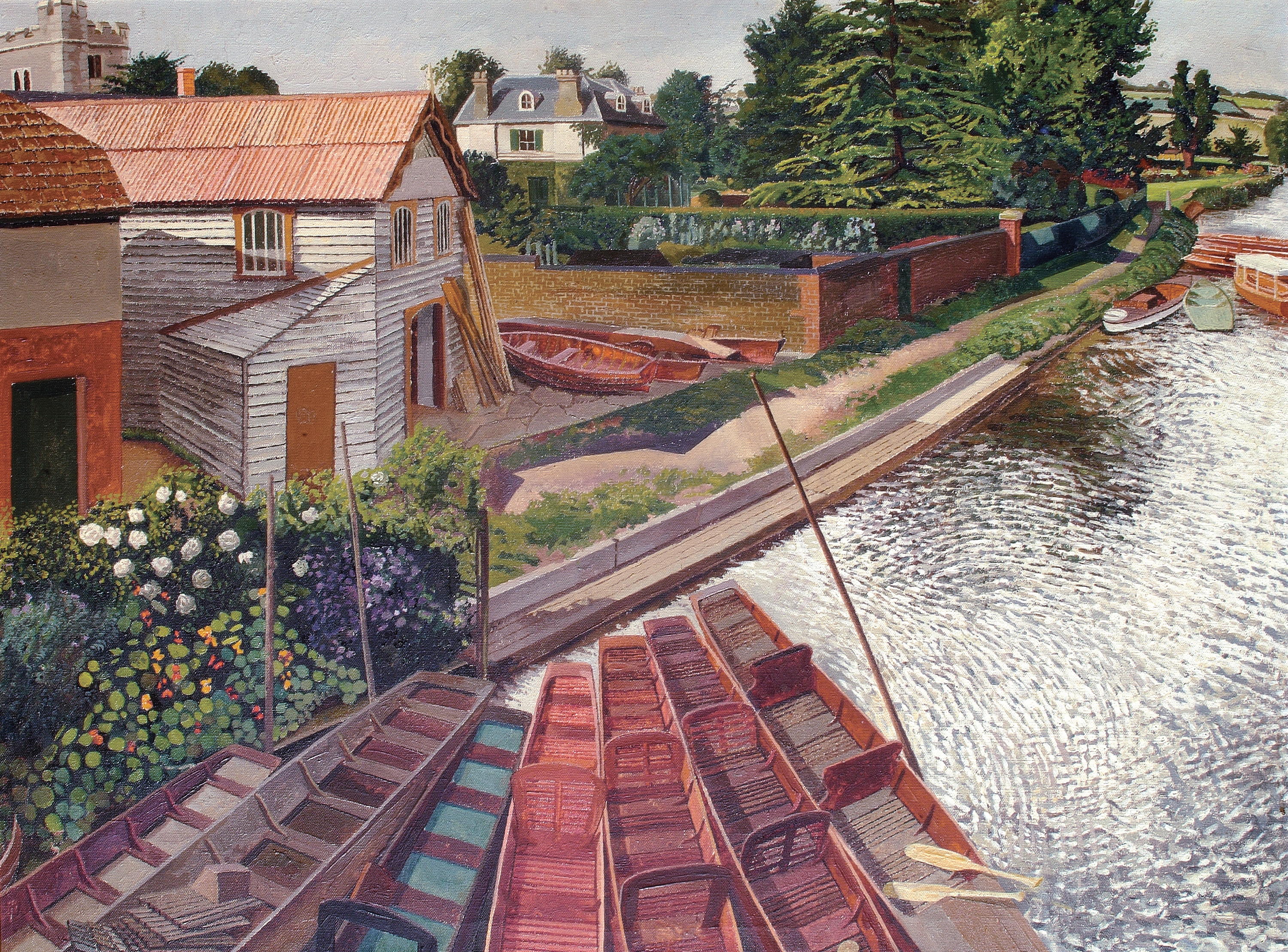 'Love, desire, faith, passion, intimacy, God, spiritual consciousness, curiosity and adventure': The world of Stanley Spencer, a very English visionary
'Love, desire, faith, passion, intimacy, God, spiritual consciousness, curiosity and adventure': The world of Stanley Spencer, a very English visionaryStanley Spencer’s talent for seeing the spiritual in the everyday, his stirring sense for the wonder of Nature and his love for the landscapes of Berkshire and Suffolk shaped his art, as Matthew Dennison reveals.
-
 Waldorf Astoria New York review: The Midtown hotel where Frank Sinatra once partied and the salad of the same name was invented emerges from a decade-long renovation
Waldorf Astoria New York review: The Midtown hotel where Frank Sinatra once partied and the salad of the same name was invented emerges from a decade-long renovationOwen Holmes checks into the Waldorf Astoria New York hotel.
-
 The sun will come out for the Country Life Quiz of the Day, November 14, 2025
The sun will come out for the Country Life Quiz of the Day, November 14, 2025Try your luck at today's quiz.
-
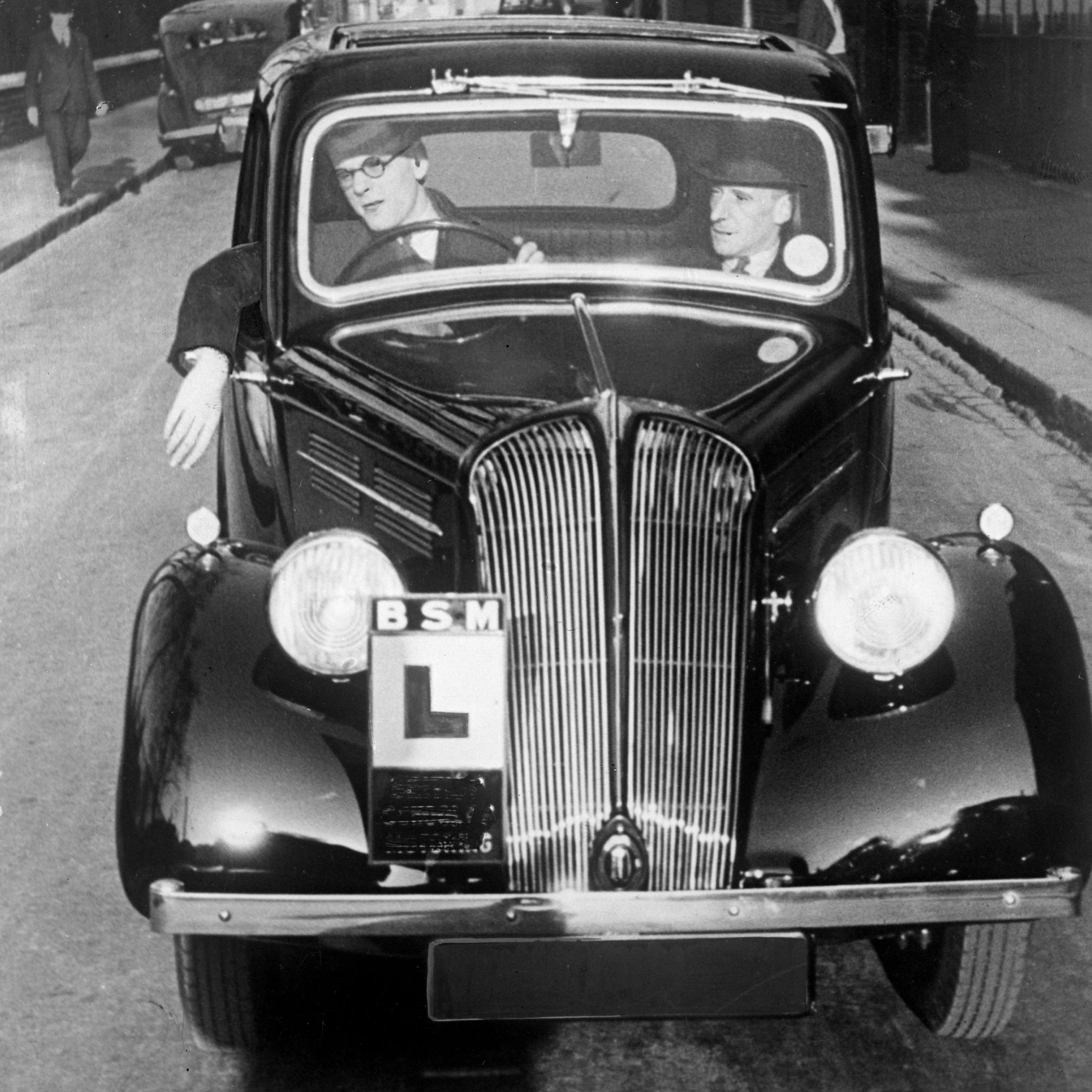 How many people pass their driving test first time? Country Life Quiz of the Day, November 13, 2025
How many people pass their driving test first time? Country Life Quiz of the Day, November 13, 2025Test your general knowledge in today's Country Life quiz.
-
 How many insects are there for every person on Earth (give or take a million) and other questions. It's the Country Life Quiz of the Day, November 12, 2025
How many insects are there for every person on Earth (give or take a million) and other questions. It's the Country Life Quiz of the Day, November 12, 2025Test your general knowledge in today's Country Life quiz.
-
 Fire, water and fancy puddings. It's the Country Life Quiz of the Day, November 11, 2025
Fire, water and fancy puddings. It's the Country Life Quiz of the Day, November 11, 2025When did London burn like 'rotten sticks'? Where is Bakewell? Who are the Stone Roses? Such important questions
-
 You're a silly goose if you don't take the Country Life Quiz of the Day, November 10, 2025
You're a silly goose if you don't take the Country Life Quiz of the Day, November 10, 2025Can you name this popular Netflix film? Can you finish this common song lyric? How well do you know your breeds of geese? Find out in today's quiz.
-
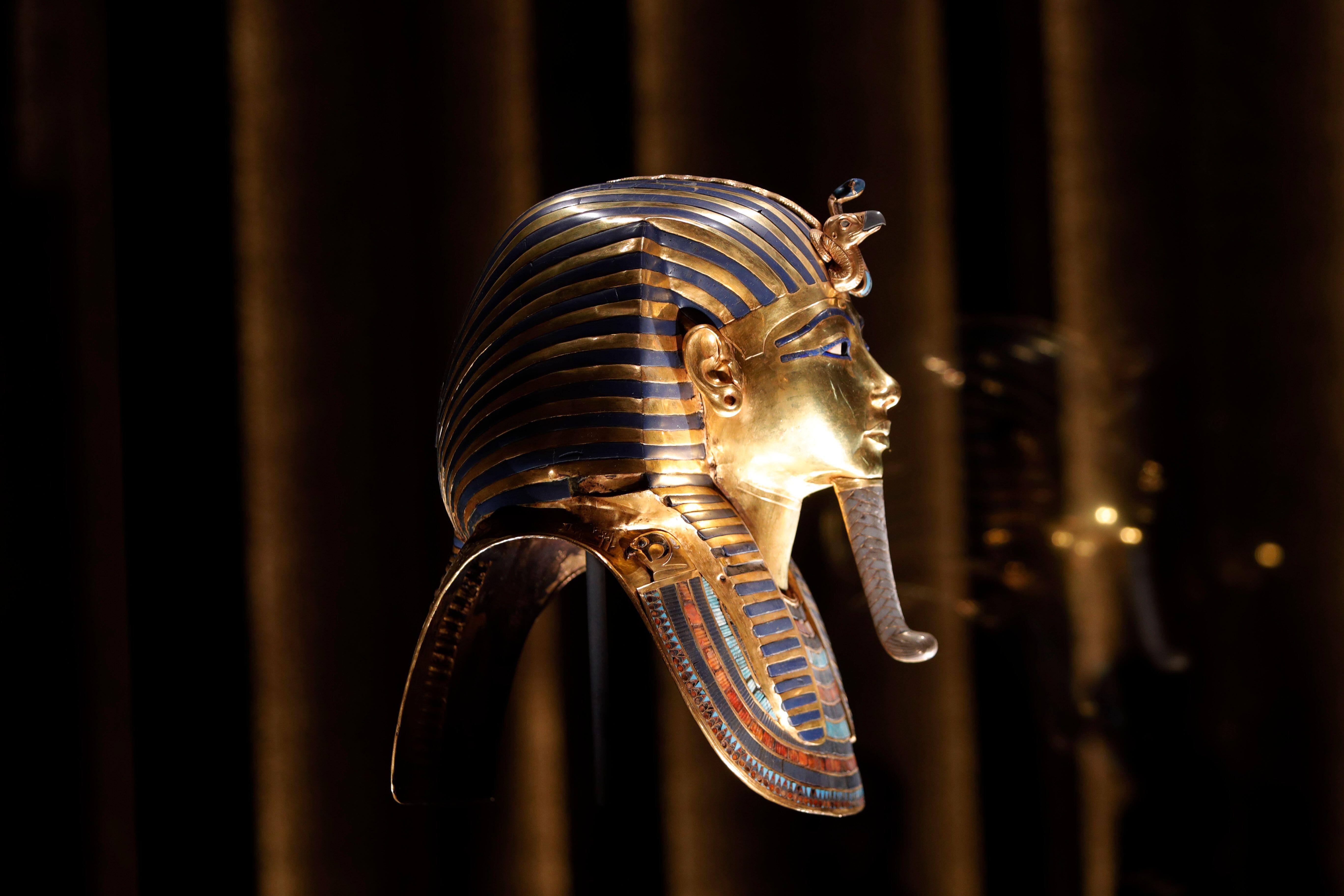 Robotic sharks, Egyptian mummies and a Rolls-Royce: Start your weekend with the Country Life Quiz of the Day
Robotic sharks, Egyptian mummies and a Rolls-Royce: Start your weekend with the Country Life Quiz of the DayYou will take the quiz, and you will learn things. That is my promise.
-
 Picture round: Guess the animal in today's Country Life Quiz of the Day, November 6, 2025
Picture round: Guess the animal in today's Country Life Quiz of the Day, November 6, 2025In today's quiz we're asking you to guess the names of these lesser-known animals.
-
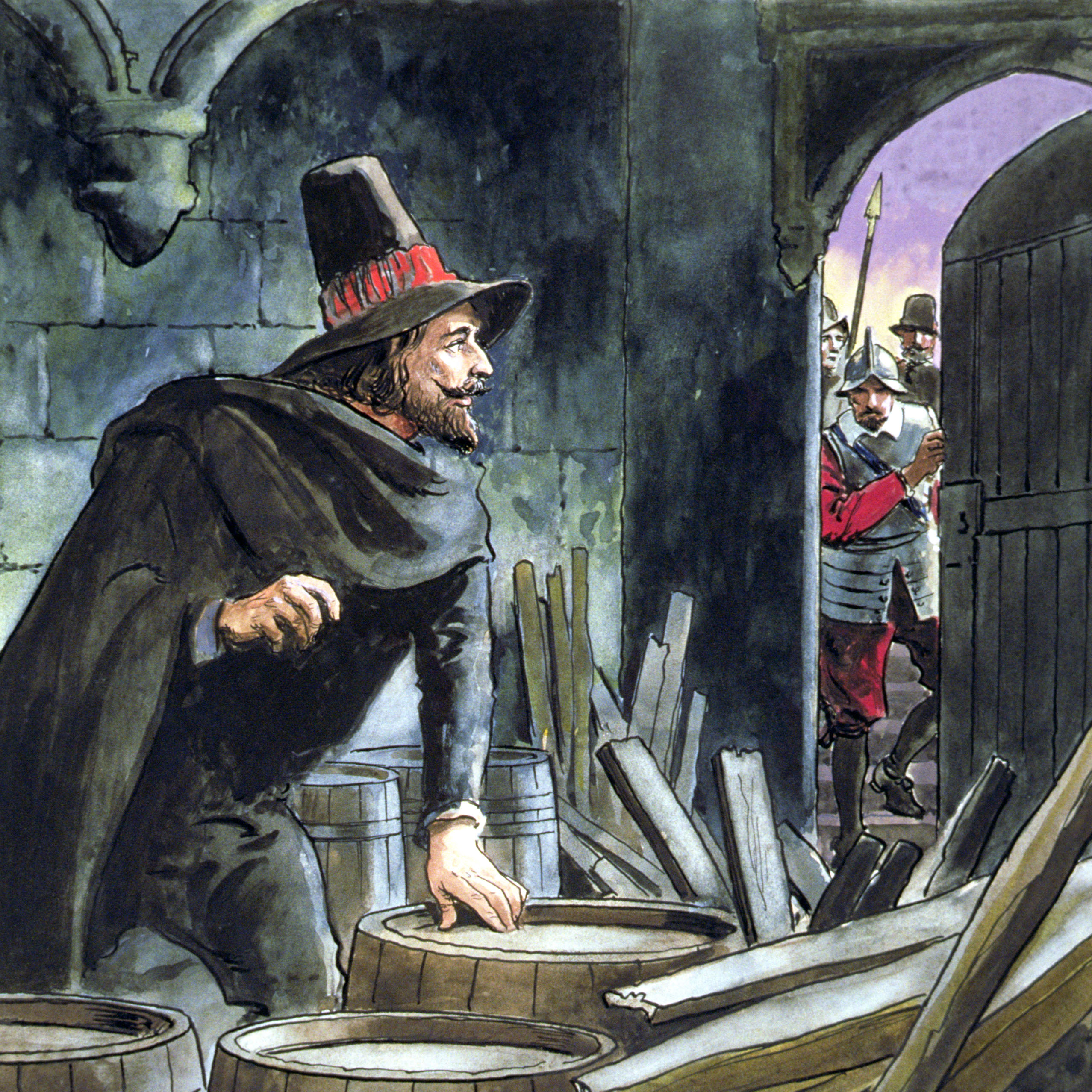 Remember, remember to take the Country Life Quiz of the Day, November 5, 2025
Remember, remember to take the Country Life Quiz of the Day, November 5, 2025It's a banger.
